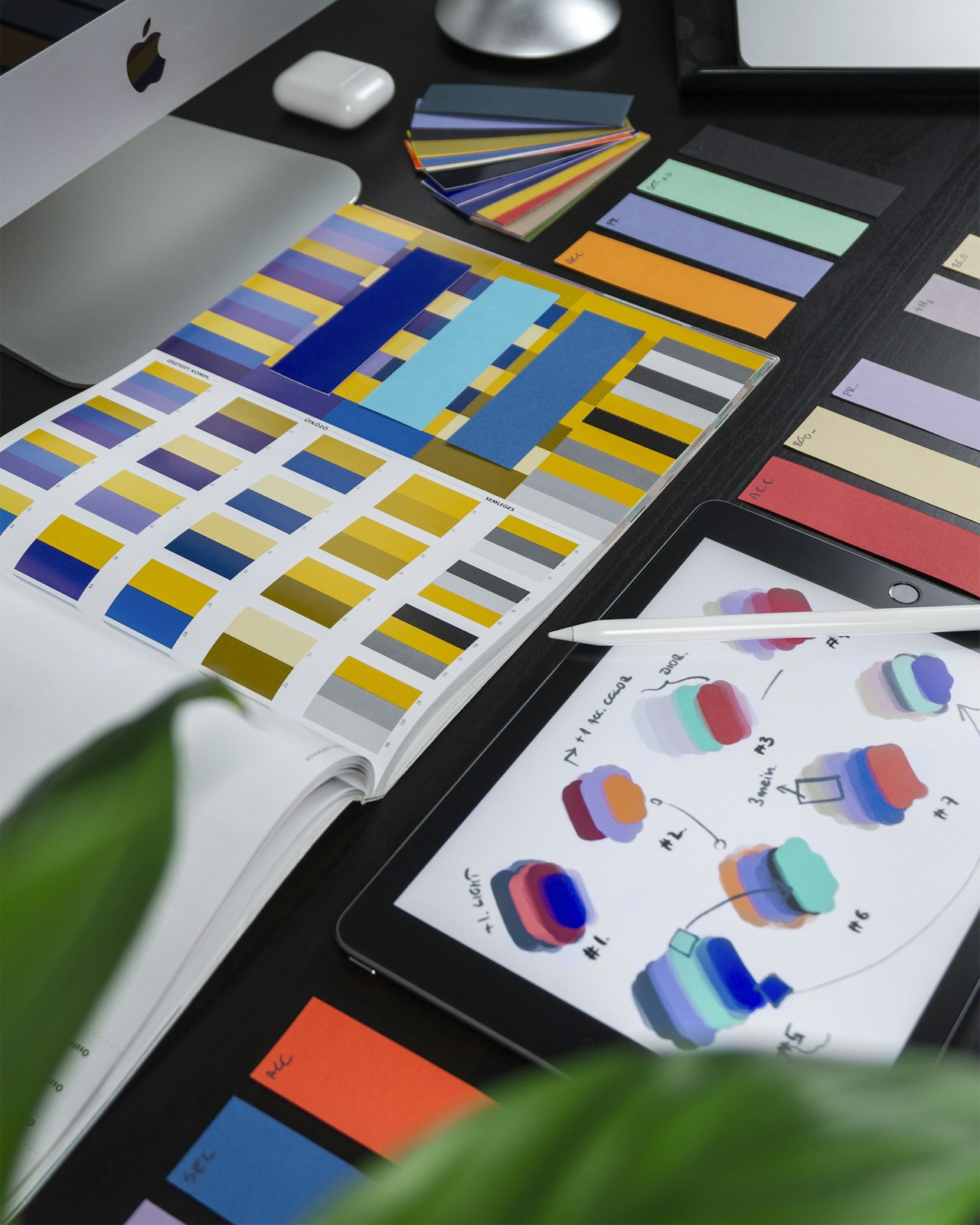
Unleashing Creative Vision: Where Imagination Meets Flawless Execution
Unlock the power of creativity with our tailor-made visual solutions at Creative Spectrum Design Studio. From concept to creation, our team in Silicon Valley collaborates closely with clients to craft unique and impactful designs that bring visions to life.
Discover and Buy Stunning Designs
Welcome to our online store. Discover a diverse collection of graphic design products to enhance your brand and captivate your audience. Easily browse and purchase your favorite designs directly from our website.

Logo Design
$99.99

Website Design
$149.99

Print Design
$249.99

Print Design
$249.99

Logo Design
$99.99

Website Design
$149.99

Print Design
$249.99

Print Design
$249.99
Welcome to Creative Spectrum Design Studio: Where Visions Come to Life
Cutting-edge graphic design firm in Silicon Valley. We transform business visions into dynamic visual realities. Captivate and engage audiences with our innovative designs.

Our Expert Design Services
Discover the key features that set us apart from the competition.

Customized Design Solutions
Customized design solutions that reflect your unique brand identity and objectives.
Collaborative Design Process
Collaborative design process: Achieve your vision and engage your audience.
Captivating Audience Engagement
Transforming visions into stunning designs. Creative Spectrum Design Studio.
Innovative Design Techniques
Innovative design techniques that make your brand stand out.
Raving Reviews from Satisfied Clients
Explore testimonials from our satisfied clients detailing their exceptional experiences collaborating with us for unparalleled design solutions.
Incredible creativity and professionalism. Highly recommend their services!

Ashley Davis
Marketing Manager
Transformed our vision into visually captivating reality. Impressed beyond words!

Megan Anderson
Startup Founder